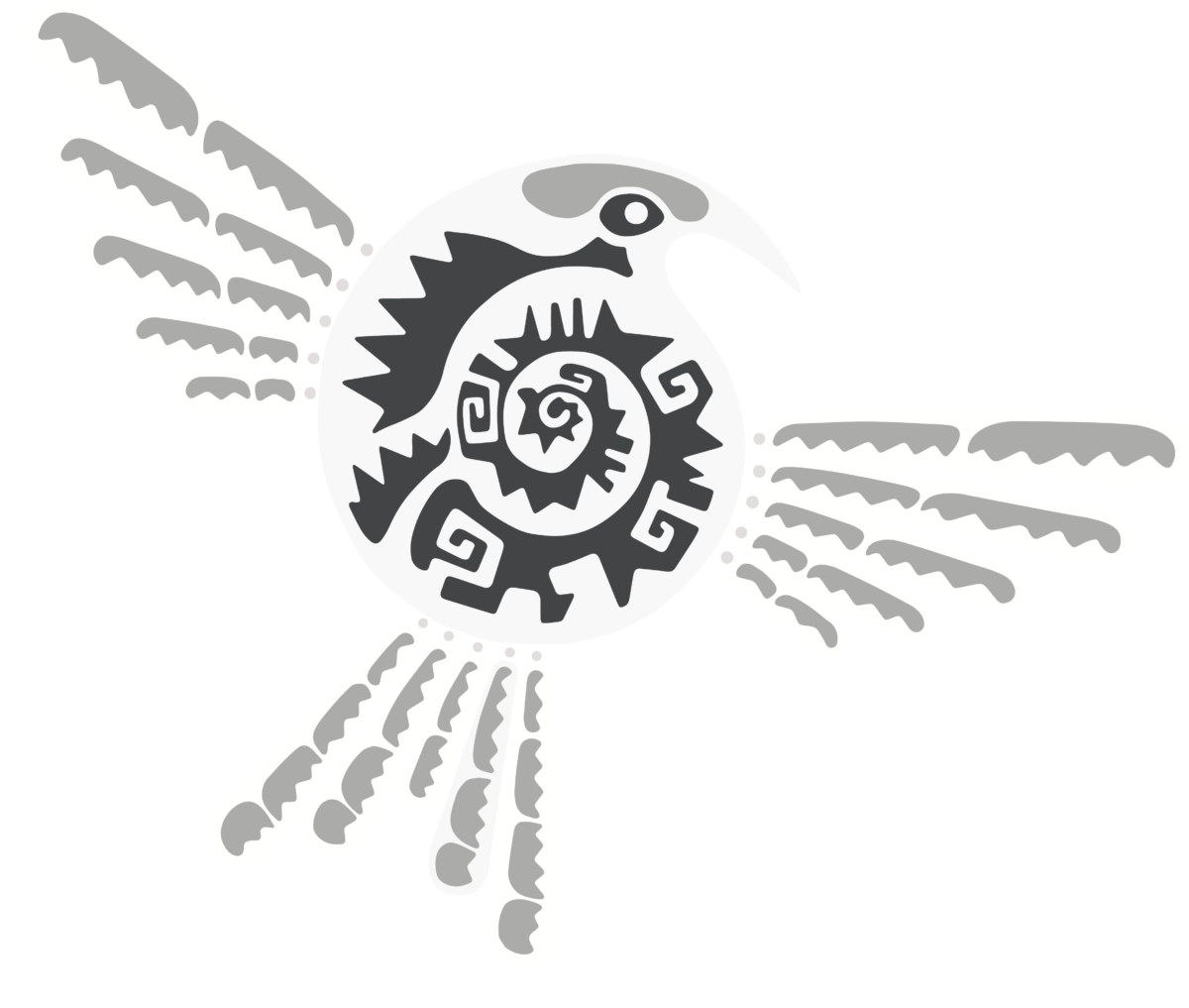I recently sat aboard an “iron bird” headed south from Toronto, Canada to San José, Costa Rica, thinking about the many real (and much, much smaller) migratory birds charting a similar (or much, much longer) course compared to that plane. It is awe-inspiring!
Among the migratory species: the beautiful Chestnut-sided Warblers, the emblem of Finca Cántaros Environmental Association (FCEA).
And among my musings at 35,000 feet: do Mr. and Mrs. Chestnut-sided and other migrants (such as tanagers and thrushes) get to kick back with a cocktail and in-flight entertainment during their journey, like me? Far from it! Migrating birds face the disorienting light pollution of big cities, pesticides sprayed over agricultural fields, predators, storms, and countless other obstacles as they traverse thousands of kilometres in impressively short periods of time. My very choice to take that flight makes their flight even more challenging, as air travel is a major contributor to rising global carbon emissions and in turn climate change, linked to the increasing frequency of extreme weather events as well as habitat degradation.
These seemingly random reflections—from the fact that a warbler can’t watch a movie with wine during its travels, to my carbon footprint guilt—do have a point. Which is: they represent our main motivations for organizing an annual Welcome Back Migratory Birds Festival at Finca Cántaros!
But first, why do the warblers and other species take to the skies for such long, dangerous trips at this time of year? They are moving from their breeding grounds in North America to their non-breeding grounds in Central or South America in search of abundant food sources. As you can imagine, food is scarce when the northern forests are buried in a blanket of snow, but the buffet in tropical forests is open. These birds then return north sometime between March and May to start their breeding season again. They aim to time their arrival with the transformation of white into a sea of fresh green spring leaves and the accompanying explosion of insects that are perfect for feeding growing baby chicks. This biannual movement is called migration, a natural phenomenon observed in other animals like butterflies and whales as well.
Our festival aims to inspire others to understand and appreciate the spectacular feat of bird migration, and to learn more about how we as humans impact it. And we won’t just wallow in carbon footprint guilt; we will focus on the many tangible ways we can all take positive action. To that end, we are organizing multiple online and in-person activities for all ages with the support and participation of important partners highlighted in the festival graphic, and we will describe each in more detail in future posts.
This year’s “festival” is in fact a whole series of fun, hands-on activities rather than just a one-day extravaganza. The first activity is a training workshop focused on eBird and Merlin, two important tools created by the Cornell Lab of Ornithology. It will take place next Monday, October 3rd from 6am-9am at Finca Cántaros, and is open to all.
Stay tuned for more details and updates, and to those here in the tropics, enjoy the return of Mr. and Mrs. Chestnut-sided and more!
Photo: Male Chestnut-sided Warbler, taken by Randall Jiménez.








